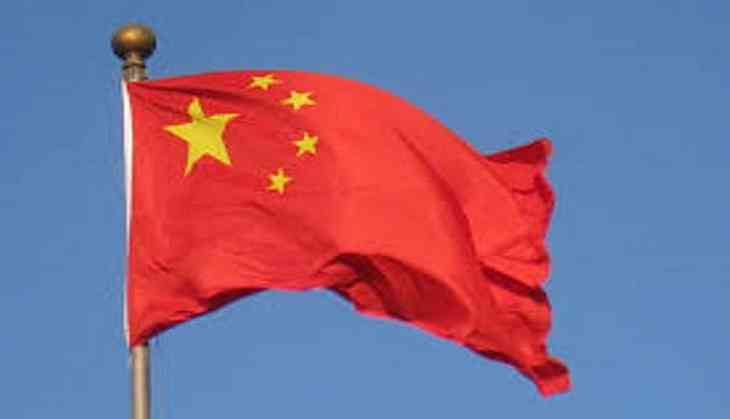
China is selectively and unilaterally using ir relevant treaties against India on the Doklam issue focusing on those aspects of the legacy treaties which India does not recognise according to an opinion article published in The Korea Times.
In the opinion report highlighted by The Korea Times, Hong Kong-based journalist Frank Ching has said he finds it very interesting to see Beijing placing so much emphasis on a 1890 treaty that it signed with Britain to stake its territorial claim over a contested area in the Doklam Plateau.
Admitting that the military face-off between China, India and Bhutan in Doklam has again brought the Sino-Indian border dispute into focus, King says, "China is picking carefully - and unilaterally - which treaties it considers relevant. Actually, the 1890 treaty is by no means clear. While the treaty says that the line between Sikkim and Tibet commences at Mount Gipmochi on the Bhutan frontier,' it also says that the boundary 'shall be the crest of the mountain range separating the waters' that flow southward into Sikkim and northward into Tibet. Unfortunately for China, Mount Gipmochi is not at 'the crest of the mountain range separating the waters.' That location, it turns out, is Batang La."
He adds, "So, if Gimpochi is the starting point, Doklam is in China, but if Batang La is the real starting point, then Doklam is in Bhutan and China has no right to build a road there."
King says that a careful study of the 1890 treaty between Great Britain and China reveals that Sikkim was a British protectorate and India was a British colony.
"Today, Sikkim is part of an independent India. A lot of water has flowed under the bridge and yet China pins its claim on this relatively ancient treaty (of 1890)," he says.
Providing an example of China's doublespeak The Korea Times says - What is more interesting is the fact of China referring to the 1984 Sino-British Joint Declaration on Hong Kong as being a historical document that no longer has any realistic meaning, but a treaty signed in 1890 in which India had no role is relevant !.
King says that this Joint Declaration spells out policies regarding Hong Kong for 50 years beyond 1997. The most significant part is that, "The Government of the United Kingdom and the Government of the People's Republic of China agree to implement the preceding declarations and the Annexes to this Joint Declaration."
The Korea Times says that it is ironical that , "On (the) one hand, a treaty that is meant to run at least until 2047 is already irrelevant, while (the) one signed in 1890, when the world was very different, is still binding (according to China)."
In the article, the paper says that India has claimed that it reached an agreement with China in 2012 that "the tri-junction boundary points between India, China and third countries will be finalized in consultation with the concerned countries."
China, the Korean Newspaper adds, is silent on this agreement, proving again how selective it is to ensure its claims over what is essentially a territory under dispute.
The latest conflict began after a construction party of the People's Liberation Army of China (PLA) entered the Doklam area and attempted to upgrade or extend a dirt road.
India maintains that a Royal Bhutan Army patrol attempted to dissuade the Chinese from undertaking this unilateral activity, and when the latter refused to back down, the intervention of Indian troops was necessitated, and this triggered off a stand-off between Chinese and Indian troops.
In the Korea Times opinion piece, author Ching quotes Chinese border expert M. Taylor Fravel, as saying that as per the 1890 treaty, the border begins at Mount Gimpochi, roughly three kilometers south of the Chinese road and the western point of the Jampheri Ridge, and also that the boundary will follow the watershed.
Fravel says Mount Gimpochi is not the start of the watershed, and the convention does not explain how to square this circle.
-ANI


